Assignment
This week, we learned how to use two new computer-controlled cutting devices: the vinyl cutter and the laser cutter.
On the vinyl cutter, we were tasked with cutting "anything." I happened to be going home to Seattle this weekend, so I thought it could be cool to make a vinyl cutout of Seattle.
On the laser cutter, we were to create a parametric press-fit construction kit: essentially legos build out of laser-cut corrugate.
vinyl cutting | |
|
I'd previously stumbled upon Google's styling wizard, which allows you to change the color and appearance of your favorite Google map. The vinyl cutter is often used with some edge detection program that transforms a black and white image into the vector cuts that the vinyl cutter will make. |
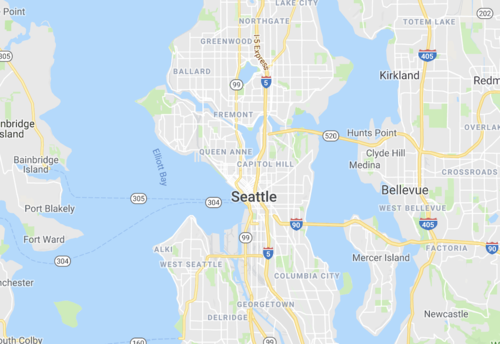
A normal map of Seattle on Google. |
|
After some fiddling, I created a nice map of Seattle that the vinyl cutter can understand with the land in white and the water in black. |
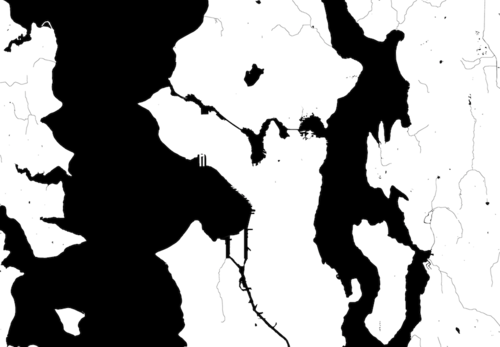
My B&W map of Seattle. |
|
In my first attempt, I forgot to create a border around the whole image - the vinyl cutter sliced out the outline of the Seattle area, but not in whole pieces that could be peeled off the roll of vinyl...
After another try, just as the shop was closing, I was able to extract the vinyl map off the roll. I walked out of the shop with an un-weeded vinyl-cut map on a piece of tape with the corrugate to which I planned to stick the vinyl map. |
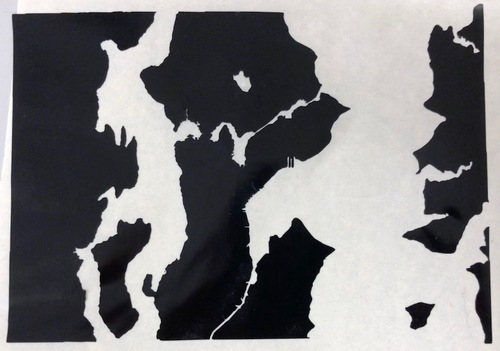
The vinyl-cut map on a sheet of masking tape, ready to be applied on some surface. |
|
With the lab closed, I used a capacitor as tweezers to weed out the chunks of vinyl I didn't want in my final sticker. Then, I slapped it onto the cardboard and slowly peeled. With some cleaning up, I ended up with a nice gift for my mom! |
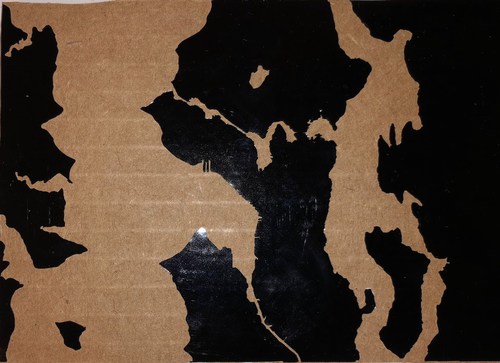
|
laser cutting | |
|
I liked the idea of creating a press-fit construction kit with a radial dimension, allowing one to build spheres and circles. So, I came up with an idea for a handful of pieces: a 1/4 circle and a straight edge. I also figured I'd need some joints to connect pieces. To make the design adaptable to materials of different thicknesses (and also to make it easy to change the sizes of the pieces if I want), I sketched the pieces with measurements made in terms of a few variables. I also added a small chamfer to make it a little easier to join the pieces together. |
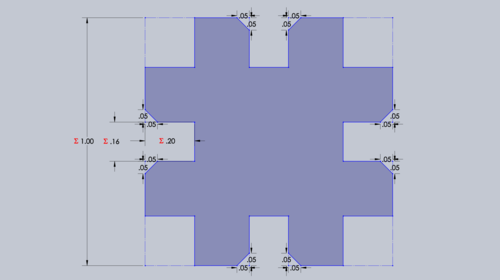
The measurements with red Sigmas next to them are the three I used to parameterize the joint: size of the whole joint, width of the joint cut, and depth of the joint cut. 
Designs for the pieces I was to cut out. |
|
With these parameters in mind, I created all of the different kinds of pieces that would allow me to make cool three dimensional art, and then I cut them out. |
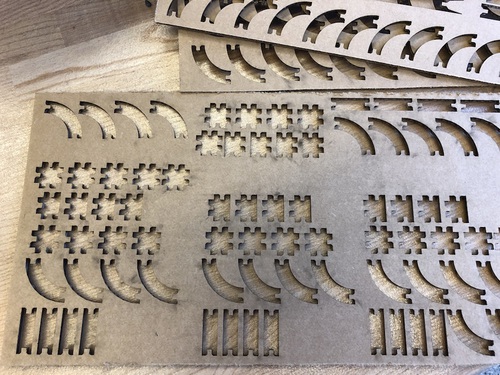
One of the corrugate boards after cutting out some pieces. 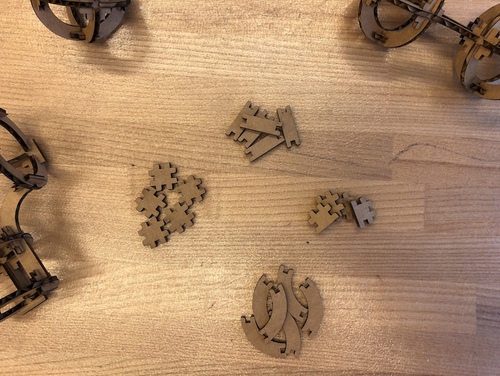
A handful of the pieces.
|
|
With these pieces, I had some ideas of strange creations I could build: |
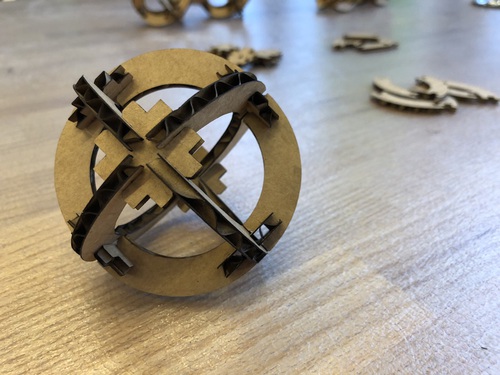
A sphere! 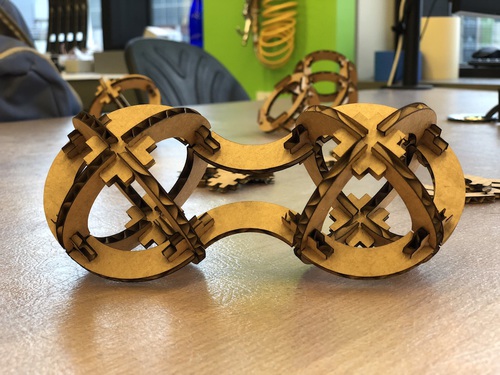
And a double sphere! |
|
I still wasn't quite sure what I would build with the straight pieces, so I started putting them together until something came out: Now I have a lot of strange, self-made, abstract desk art. And when I get bored of it, I can make something new! |
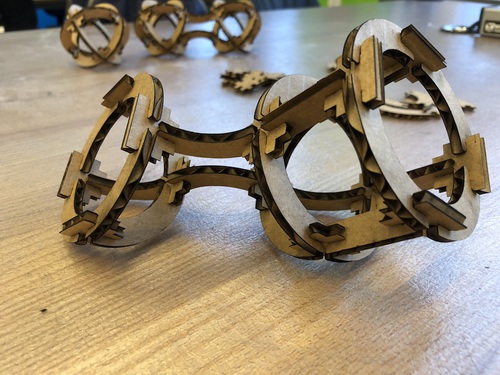
|